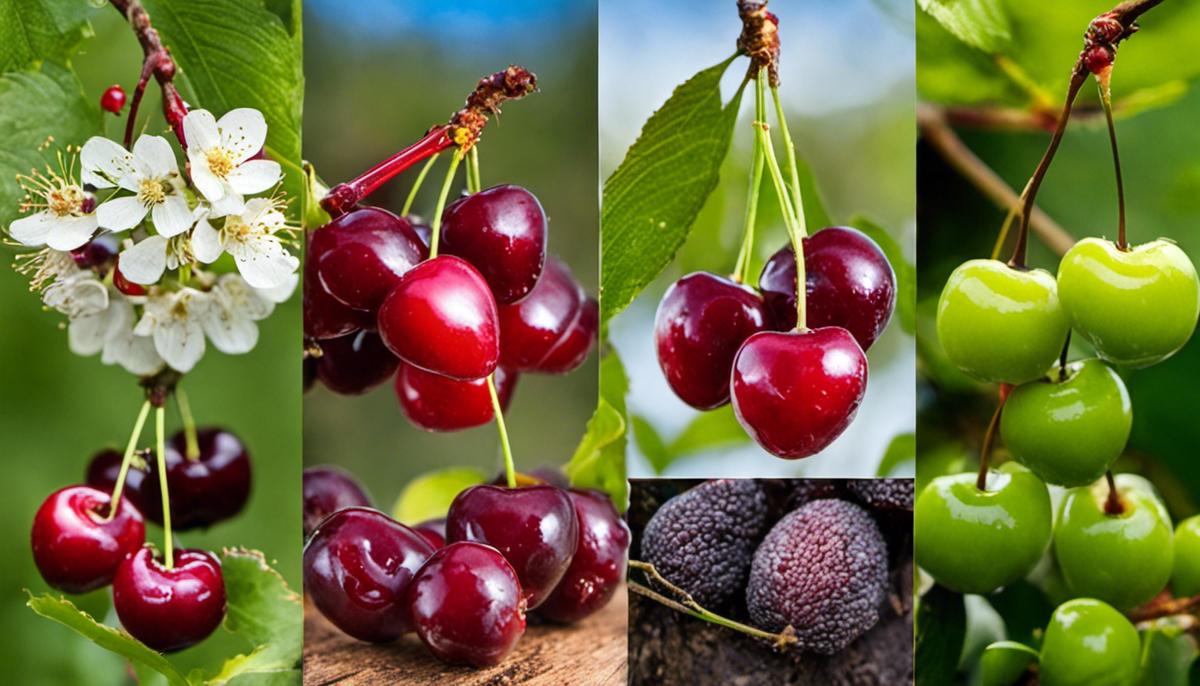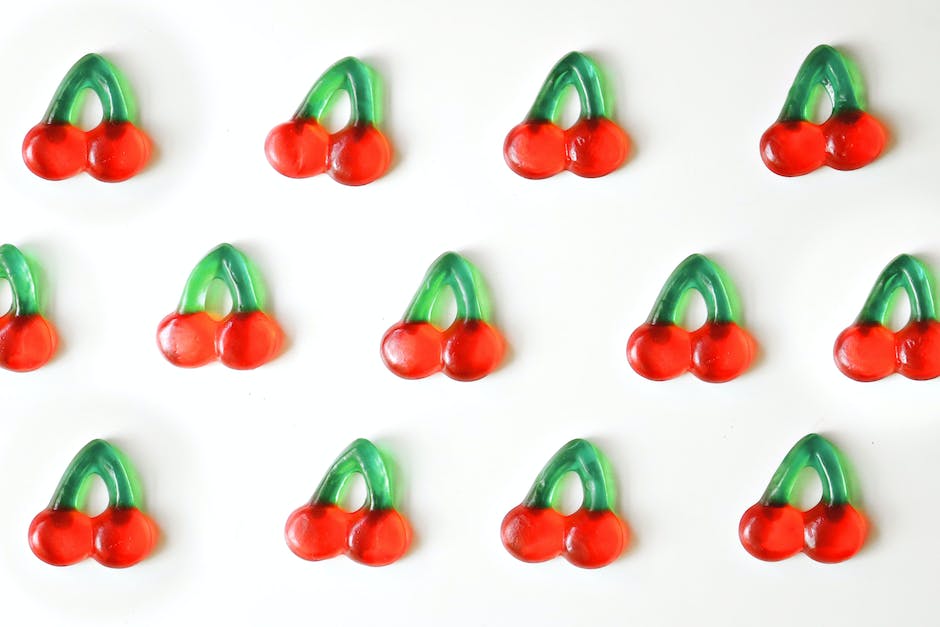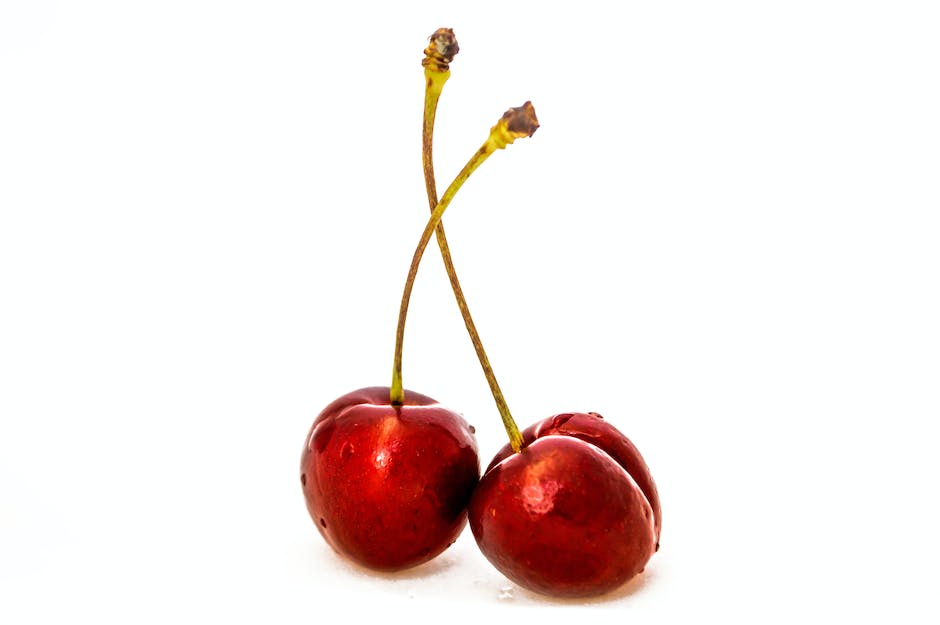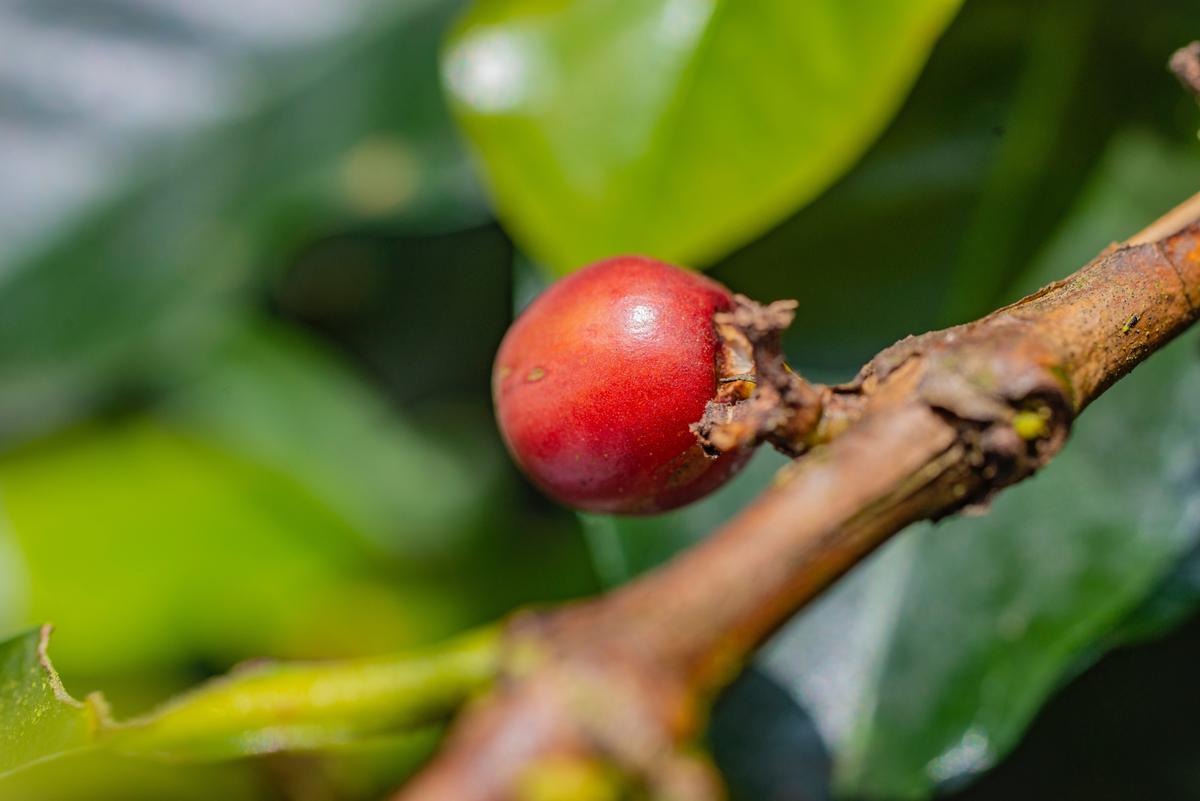Master the Art of Growing Cherry Trees from Seeds

Entering the world of horticulture, and more specifically, cherry tree cultivation from seeds, is a fascinating journey filled with rich rewards. From vibrant red cherry blossoms decorating your yard to the ultimate satisfaction of picking your own ripe cherries, the benefits are innumerable. This exploration of cultivating cherry trees will take you through an understanding of diverse cherry plant varieties, intricate processes of seed preparation, planting, and most significantly, comprehensive care needed for juvenile cherry trees. We’ll uncover how different geographical conditions dictate cherry seed selection and dive deep into the initial phases of stratum, ideal soil, and climate needs, as well as planting seasons and methods.
Understanding Cherry Plant Varieties
Getting to the Root of it: Exploring Cherry Varieties and their Regional Compatibility
When it comes to embracing the world of fruit-growing, cherry cultivation offers one of the most gratifying experiences. There’s understandably an enormous sense of pride and satisfaction in watching a cherry tree thrive to full maturity, dappled with a myriad of crimson cherries swaying in the breeze. Cherry trees bloom into a beautifully ornate spectacle of nature which is a visual feast to the gardener. As a passionate hobbyist, let’s dig deep into the rich soil of cherry varieties and their regional compatibilities.
Cherry trees can be classified into two main types: sweet cherries (Prunus avium) and sour or tart cherries (Prunus cerasus). Within these categories are tons of different cultivars, each with their own special characteristics from taste and size, to growing conditions and hardiness.
Sweet cherries, as the name suggests, bear fruit that’s sweet to the taste. Popular varieties under this species include Bing, Black Tartarian and Rainier. These varieties typically flourish in areas with a Mediterranean-like climate, think regions within USDA hardiness zones 5-7. They require long, hot summers and strategic winter chilling for fulfilling bloom and fruit set.
On the other hand, sour cherry varieties like the Montmorency and Morello can tolerate colder climates and are less fussy about their growing conditions. They can often be spotted in regions as chilly as USDA hardiness zones 4-6. Despite their sour moniker, these cherries are highly cherished for their flavor, especially in baking and cooking. They also beat their sweeter counterparts in terms of resilience, being more resistant to diseases and pests.
The Lapins cherry, a cross between the Van and Stella cherries, is worth a mention for its adaptability. They’re self-fertile and remarkably robust, able to cope with varying hardiness zones from 5-9. Their cherries are big and sweet, requiring relatively low maintenance.
For those residing in warmer climates with milder winters (USDA zones 8-10), fear not, you haven’t been left out of the cherry-growing hobby! Consider the tropical Barbados cherry (Malpighia emarginata) or the Surinam cherry (Eugenia uniflora). They aren’t true cherries but bear similar fruit and are well suited to warm climates.
So, in the quest of finding the perfect cherry variety for your region, start with understanding the USDA hardiness zone map. Match your local zone with the growing requirements of different cherry varieties. Do remember, factors such as soil type, local pests and diseases, as well as the amount of available sunlight, will all impact your tree’s health and productivity.
Lasty, cherry cultivation requires patience, care, and a dash of audacious determination, but the payoff is well worth it. With the right cherry tree for your region, your garden can turn into a cherry-bountiful wonderland. Happy Gardening!

Seed Preparation and Planting Process
So you’re ready to take the plunge into the fruitful world of cherry propagation, now that you’re familiar with their classification, popular varieties, and compatibility with different climactic zones. There’s a special type of accomplishment that comes with growing these beauties from seed– from a small kernel to a blossoming tree replete with tempting fruits. Let’s talk about how to prepare and plant those precious cherry seeds to actualize this rewarding journey.
Knowing how to prepare cherry seeds for planting is half the battle. Cherry seeds require a process called stratification to germinate properly. This is a simulated winter period in your refrigerator that assists the seeds in breaking dormancy. Here’s an easy step-by-step guide to stratification:
- Remove the Cherry Seeds: First, enjoy some cherries and reserve the pits. Rinse them well to remove any residual fruit which can lead to mold or fungus.
- Stratification: Place the pits in a sealed container filled with a damp mixture of peat and sand. Ensure the pits are fully covered but are not soaking wet.
- Cold Storage: Store the container in the refrigerator. This simulates winter and is an essential step for preparing cherry seeds to germinate. Sweet cherries need 70-90 days of cold storage while sour cherries require 90-120 days.
After stratification, it’s time to break the dormancy of your seeds to make way for a beautiful cherry sapling.
- Plant Indoors: It is typically best to start your cherry seed indoors to maintain better control of the environment. Fill a pot with a nutrient-rich soil mix and plant your cherry pit approximately two inches deep.
- Place under Light: Position your pot under a grow light or in a sunny window. Remember, cherry seeds need light to germinate!
- Watering: Keep the soil moderately moist but avoid over-watering. Too much water can cause the seed to rot.
- Waiting Game: Patience is key here as germination can take anywhere from a few weeks to several months.
Once your cherry seedling is about a foot tall and has a strong root system, it’s time to venture outdoors. Soil drainage, light, and space will be key factors in outdoor plantation.
- Choose the Perfect Spot: Follow what you’ve learned about USDA hardiness zones and cherry preferences. Ensure there’s plenty of space for your cherry tree to grow without encroaching on any nearby structures or overshadowing other plants.
- Prepare the Ground: The soil should be well-drained and rich in organic matter which cherries love. A hole double the size of the root mass should suffice.
- Plant and Water: Position your sapling in the hole, backfill with soil and water generously. Stake if neccessary, to ensure stability.
Remember that nurturing a cherry tree requires both diligence and patience. Cherry trees do not bear fruit in the first few years of their life, and once they do, it may not be the most fruitful yield. But the gradual progress, from sprinkling the seeds to harvesting your first cherry, delivers endless joy and satisfaction only a true hobbyist would cherish.

Caring for Young Cherry Trees
Moving forward into the wonderful world of cherry cultivation, let’s delve into the regular care that young cherry trees need to flourish. Cherry aficionados know that their tender-loving-care doesn’t stop at planting; it’s just the start!
Watering is key in the care regimen. Young cherry trees need consistent and deep watering, especially during dry periods. The surface may be deceptive, but the roots below should never dry out. By generously showering the ground around the base, enthusiasts make certain that the moisture reaches the deeper root system. Gauging the soil’s moisture levels, approximately 1 to 1.5 inches per week, will ensure that the tree has enough hydration to grow optimally.
Next on the list is sunlight. It’s no secret that cherry trees love sun! A spot that receives at least six hours of direct sunlight daily is perfect for these budding stars. So always keep an eye out for any nearby structures or larger trees that cast shadows, because they could stunt the young tree’s growth.
Appropriate spacing is also critical. Planting cherry trees too closely together can hinder their growth and fruiting potential. Approximately 20 to 30 feet of space between each tree allows for airy, ample growth. It also allows for better sunlight access and reduces the chance of disease transmission.
Now, let’s talk about soil. Cherries prefer well-draining soil with a slight acidity, with a pH balance between 6.2 and 6.8. Test kits are available for enthusiasts who like to measure their soil’s acidity. Adding organic matter or well-rotted compost can assist in achieving this balance if adjustments are needed.
A sensible care routine also includes seasonal pruning. This practice reduces overcrowding, promotes better airflow, and improves the tree’s overall structure, leading to higher fruit yields. Starting from the second year, prune the trees in early spring or late winter when they’re dormant. Always take care to remove any dead, diseased, or injured branches promptly.
Critical to any cherry enthusiast’s toolkit is regular pest and disease surveillance. Regularly inspect the trees for signs of pests such as aphids, cherry fruit flies, or diseases like powdery mildew, bacterial canker, and brown rot. A rule of the thumb: the earlier the detection, the more manageable the issue.
Finally, embarking on the cherry cultivation adventure almost always involves – you guessed it – patience! Young cherry trees might take several years before they start to bear fruit. But by sticking to these guidelines and best practices, enthusiasts can ensure that their trees have the best possible chance to thrive. Remember, the sweetest cherries come to those who wait!

After examining the plethora of cherry varieties and understanding the importance of appropriate selection, we comprehend the worth of meticulous seed preparation and plantation. The steps are not to be taken lightly as they hold the potential to significantly affect the cherry trees’ growth and fruit quality. Furthermore, caring for a fledgling cherry tree is an ongoing process requiring patience, precision, and expertise in addressing watering needs, sunlight exposure, and managing pests. Embarking on this venture of growing cherry trees from seeds may be full of challenges, but the ultimate rewards attest to the fulfilling nature of this hobby.



